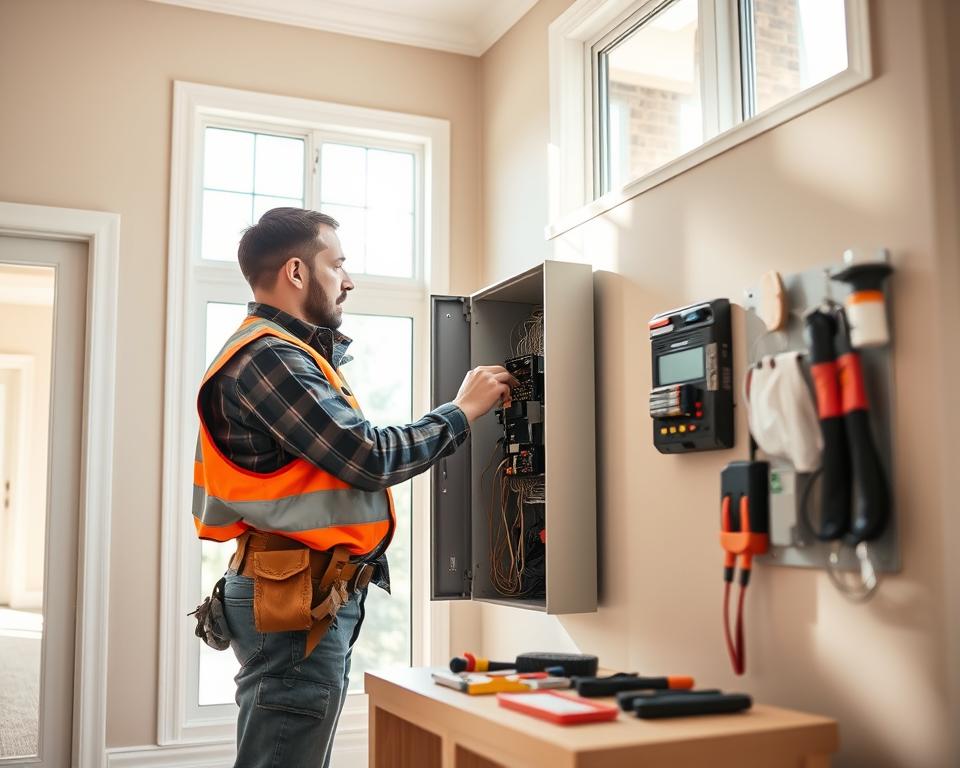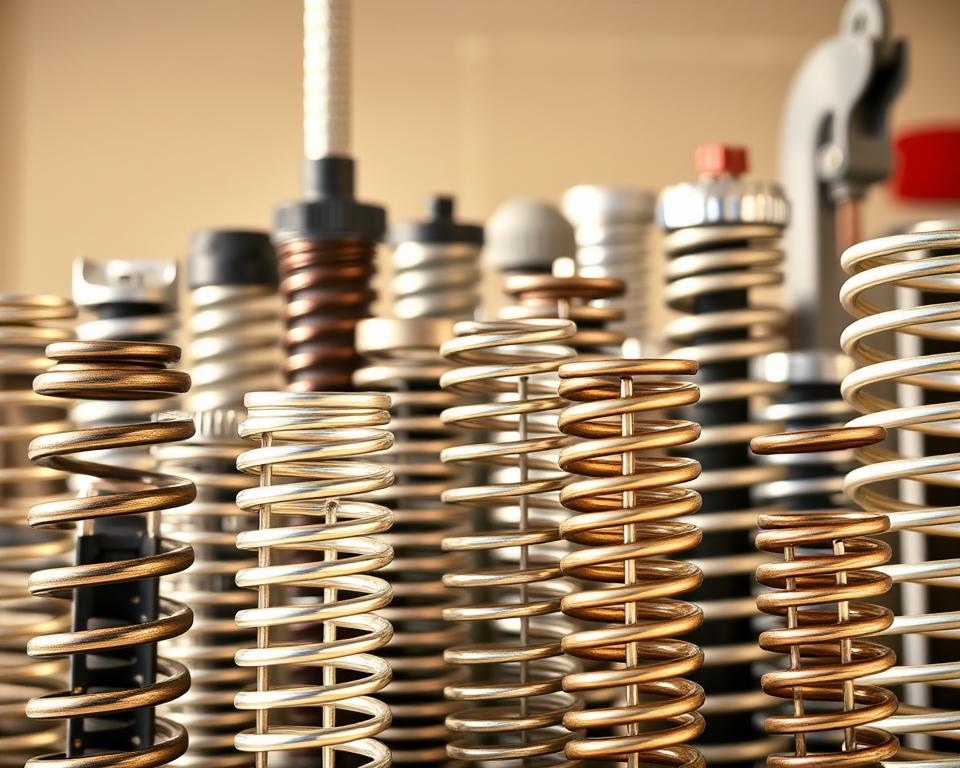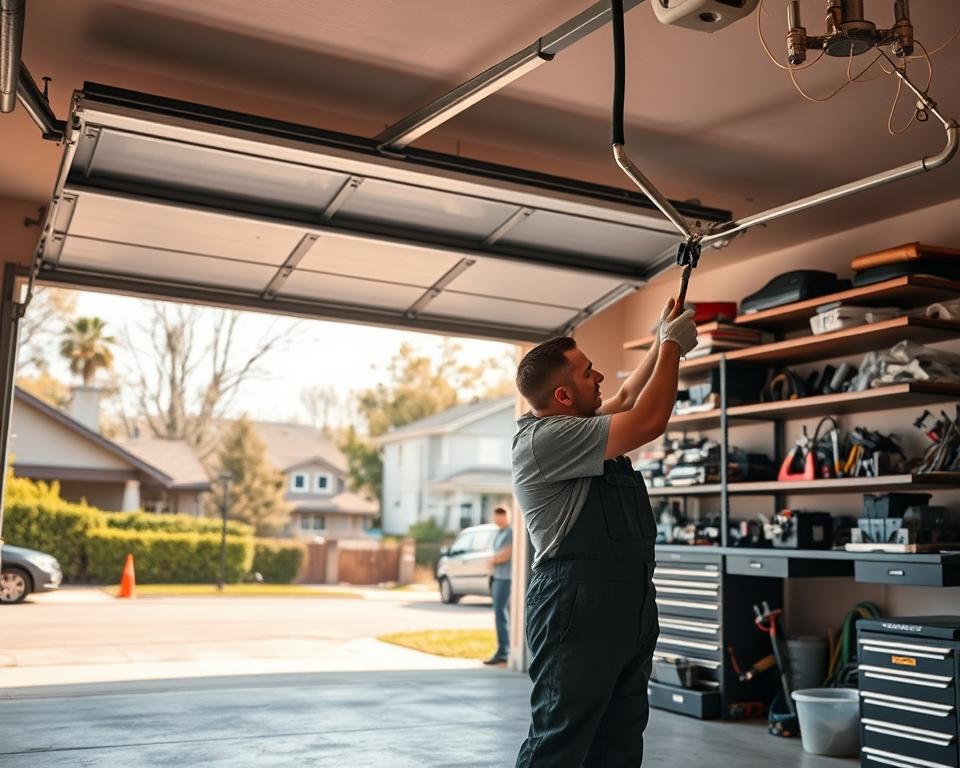Seamless Texas Land Clearing for Your Real Estate
Did you know that over 67% of estate managers in Texas have embarked on land clearing projects to boost their property’s value? As the need for new developments and landscaping solutions grows, selecting professional Texas land clearing services is more critical than ever. Streamlined land clearing can transform raw land into vibrant spaces for dwellings, businesses, and leisure spaces. With East Texas land clearing solutions, you can unlock development opportunities while guaranteeing a hassle-free process.
Engaging in professional land clearing services simplifies the project and offers the proficiency needed to navigate Texas’s complex ground conditions. Whether you’re planning a new build or seeking to improve your grounds, comprehending the importance and merits of professional services is crucial.
Critical Summaries
- More than 67% of Texas property owners leverage land clearing services to boost their property’s value.
- Top-tier land clearing ensures land for construction and landscaping.
- Fast land clearing solutions minimize worry and save time during project completion.
- Proficiency in handling Texas’s intricate terrain challenges is key to effective land clearing.
- Knowing the advantages of land clearing can substantially raise your property’s value.
Comprehending Texas Land Clearing
In Texas, understanding the importance of land clearing is vital for property management. This process is not just about preparing the land for different purposes. It also provides your property is secure and functional.
The Significance of Land Clearing in Texas
The function of land clearing in Texas is immense. It’s the foundation for new projects like homes, enterprise facilities, and public areas. By clearing the land, it becomes ready for development and other activities. Without it, the likelihood of dangers like falling limbs or unseen clutter grows. This can undermine both security and practicality.
Typical Motivations for Land Clearing
Property owners have many motivations to pursue land clearing. These include:
- Creating safe environments free from obstacles
- Increasing the usability of the land for agricultural use or recreational activities
- Elevating the visual charm, thereby drawing interest from buyers or lessees
- Setting up land for development of roads, utilities, and similar infrastructures
Available Texas Land Clearing Services
Texas land clearing services offer vital options for diverse property needs. It’s important to understand the different types of services to secure the effectiveness of any land project. Whether you’re setting a site for building or upgrading your surroundings, picking the right service is fundamental.
Types of Services Offered
Several dedicated choices are offered within the field of Texas land clearing services. These serve diverse demands:
- Forestry Mulching: This technique grinds down brush and undergrowth into mulch, enhancing soil quality.
- Shrub Clearing: This service eradicates excessive underbrush and young trees, opening up space for development or leisure activities.
- Soil Leveling: Specialists grade the land to ensure proper drainage and prepare for development.
- Debris Removal: This service centers on disposing of debris remaining from previous land use, creating a clean slate.
Ideal Users of Land Clearing Services
A range of interested parties can benefit from land clearing services. Landholders aiming to upgrade their land for residential or agricultural use discover great value in these services. Building companies also find major advantages, as land clearing sets the foundation for new projects. Municipalities that need to clear land for public recreational parks or infrastructure development also profit from professional Texas land clearing services. This affirms developments adhere to local regulations and criteria.
Gains from Professional Land Clearing
Engaging professional land clearing services offers notable perks, particularly with respect to time and cost. Experienced professionals in this field ensure the process both swift and budget-friendly. They understand the intricate details and lead to a more efficient approach. This minimizes cuts completion time while enhancing property value.

Optimized Time and Expense
Expert land clearing services greatly enhance time efficiency. Experienced teams employ advanced technology and strategies to expedite the operation. This not only saves time but also reduces costs, making it a prudent investment for property development needs.
The cost in cost-effective land clearing yields benefits through lower labor costs and rapid job finishing. It’s a wise decision for your land development needs.
Specialized Knowledge in the Texas Setting
The unique geographical and environmental features of Texas require proficiency in land clearing. Experts are adept at tackling local laws and terrain difficulties. Their experience secures compliance with eco-standards while attaining desired outcomes for your property.
Working with knowledgeable contractors guarantees a fruitful clearing operation designed for Texas sceneries. Their specialized knowledge ensures a project that fulfills the specific needs of Texas environments.
Equipment for Texas Land Clearing
The productivity of land clearing in Texas is boosted by advanced technology and environmentally friendly practices. Employing cutting-edge texas land clearing tools guarantees rapid and effective project completion. This meets the demands of different terrains and floral varieties. Contemporary machinery increases output and supports responsible environmental management.
State-of-the-Art Equipment
In Texas, modern land clearing technology encompasses a variety of high-performance equipment for various tasks. Excavators, bulldozers, and stump removal machines are key units. They have high-performance engines and accurate instruments for efficient land clearing.
These machines manage considerable quantities of debris and plant material. They are crucial for land clearing services.
Sustainable Methods and Approaches
The shift toward eco-friendly land clearing techniques has risen. Forestry Mulching is becoming more popular for its reduced environmental footprint. This method minimizes soil disturbance and preserves native wildlife environments.
By embracing eco-friendly land clearing strategies, contractors demonstrate their commitment to sustainability. They guarantee their operations preserve the ecosystem, not disrupt it.
Finding Reliable Land Clearing Contractors in Texas
Opting for the right land clearing contractor in Texas is vital for the efficacy of your undertaking. Evaluate the company’s reputation, the diversity of services they deliver, and feedback from previous customers. Ensure they have essential qualities like proper licensing, coverage, and expertise in regional land conditions. This guarantees you get dependable land clearing services.
Key Factors in Land Clearing Contractors
When seeking land clearing contractors in Texas, focus on these crucial factors:
- Expertise: Select contractors with a demonstrated record and expertise in regional land conditions and rules.
- Licensing and Insurance: Confirm they have the necessary licenses and adequate coverage to cover potential liabilities.
- Service Diversity: Confirm they provide a wide range of services to meet various clearing needs.
- Tooling Standards: Choose companies using modern machinery for better efficiency and reduced ecological footprint.
- Client Feedback: Review testimonials from previous clients to assess their contentment and project excellence.
Key Questions for Land Clearing Contractors
Asking the right questions helps in hiring land clearing experts. Consider these inquiries:
- How do you approach land clearing?
- Which tools will you utilize for my project?
- How do you ensure adherence to regional regulations and environmental guidelines?
- What is the estimated timeline for completion?
- How do you handle unforeseen challenges during the land clearing process?
Step-by-Step Texas Land Clearing Process
In Texas, land clearing is a thorough process with several key steps. It’s engineered to prepare a site effectively. Grasping this process guarantees estate managers fulfill their visions. It starts with a consultation and site evaluation, identifying obstacles and assessing the land’s unique conditions.
First Steps: Consultation and Evaluation
At the beginning, you’ll discuss your goals with land clearing experts. This prepares the foundation for what’s to come. Next, a detailed site evaluation is performed. It examines vegetation, soil, and water sources, verifying local regulatory compliance. Expert guidance during this step optimizes the land clearing process.
Carrying Out the Land Clearing
With a blueprint in hand, the land clearing job can get underway. Professionals utilize advanced machinery for a range of grounds and plant cover. They may use mulching, extraction of roots, or reduction methods, depending on your requirements. This step redefines the property, preparing it for building or exterior design, ensuring a expert land clearing.
Texas Land Clearing Service Regions
Texas’s multifaceted landscape demands tailored land clearing services across the state. These services address urban expansions and rural transformations, meeting each area’s distinct demands. Understanding local service areas assists in selecting the best land clearing provider.
Service Reach in Texas Counties
Land clearing services extend over all Texas counties, offering customized options. Each county’s regulations and ecological factors inform these services. Consider the following examples:
| County | Offered Solutions | Area-specific Skills |
|---|---|---|
| Travis | City Lot Land Clearing | Expert in urban applications |
| Harris | Deforestation and Grading | Expert in commercial ventures |
| Smith | Country Land Clearing | Specialized in farm-oriented projects |
| Dallas | Domestic Land Clearing | Tailored services for residential development |
Specialized Service Regions
Some Texas regions have developed specialized land clearing services. These services are tailored to their specific natural characteristics. It’s essential to find a provider with the appropriate expertise for your project:
- East Texas: Known for lush forests, focused on eco-friendly techniques.
- West Texas: Handles arid conditions with effective strategies.
- Central Texas: Balances urban and rural needs through adaptive strategies.
Customer Testimonials and Success Stories
In Texas, the genuine benefit of land clearing services is best seen through the experiences of those who’ve experienced them. Authentic case studies reveal how exceptional service and fast turnaround can revolutionize a property. Here, we share customer testimonials that illustrate the advantages these services have had on different clients.
Real Experiences from Satisfied Clients
“The team was professional and thorough. They wrapped up the project ahead of schedule, and the quality exceeded my expectations!”
“After hiring a local service, I was amazed at how quickly they cleared my land. It’s now prepared for my future home, and I couldn’t be happier!”
“With their professional touch, my property now shines. I strongly endorse their work to anyone needing land clearing. It’s a real success story!”
These reviews underscore the dedication to excellence and trustworthiness. Whether it’s a domestic venture or a commercial project, the reviews consistently shows satisfied customers enthusiastic about their results.
Conclusion
Embracing professional Texas land clearing services offers many gains to estate managers. It readily readies your land for various uses, guaranteeing a hassle-free operation. This sets a solid foundation for future development.
The overview of Texas land clearing shows that professional expertise optimizes the process. It also confirms that environmental concerns are addressed, essential for environmental protection. By choosing certified contractors, you secure improved property value and efficient use of land.
When planning your property’s future, consider the merits of professional land clearing. It encourages community development while honoring the natural landscape. Opting for experienced services will result in a project designed with your requirements in mind.








